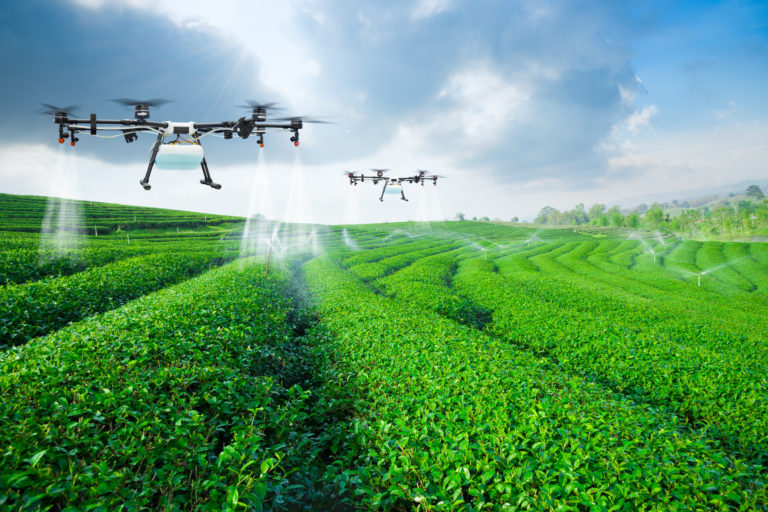

Leveraging Machine Learning to Achieve Sustainable Agriculture in Africa

Agriculture is a major part of Africa’s economic growth, it accounts for about 4% of the world’s gross domestic product (GDP). In Nigeria alone, agriculture being the largest sector, contributes about 24% to the country’s GDP over the past seven years and employs more than 35% of the country’s labor force. Agriculture also plays a vital role in human survival such as the primary source of food, alongside a source of livelihood [1]. However, agriculture is currently faced with climate change, amongst other challenges. This has a major impact on crop yields due to rising temperatures, changes in rainfall patterns,and the increased frequency of floods. Let us look at a scenario based on the changes in rainfall patterns. A small-scale farmer, David, in the past would plant crops like millet in the rainy season which is supposed to be periods of high rainfall and would produce a large harvest during that season. Over the years, rainfall patterns are no longer predictable, David is seeing prolonged droughts and erratic rainfall which has interfered with his harvest and made him lose 60% of his crops. It is difficult for small-scale farmers like him to adapt since they do not have access to modern farming resources. Climate change has disrupted the agricultural growth in regions like these, causing a decline in crop yields, an increase in soil erosion, and water scarcity. This article seeks to explore the potential of artificial intelligence, in this case, machine learning to transform agricultural development in these affected regions, especially in Africa.
Current agricultural practices tend to prioritize productivity and profitability over environmental conservation and sustainability and research shows that establishing sustainable agriculture capable of meeting the needs of about ten billion people in the next thirty years will require structure and automation which can be overcome with smart technologies and the advancing nature of artificial intelligence [1]. Machine learning, a subset of artificial intelligence enables computers to learn and make predictions based on trends in data [2]. In agriculture, algorithms can analyze large data sets for resource optimization and improvement of crop yields. This technology could transform agriculture in the following ways; precision agriculture, soil health management, climate adaptation, water management, pests and diseases prediction.
Precision farming is an approach driven by technology that focuses on analyzing and managing variability in farming or agriculture for optimum sustainability, profitability, and adequate use of resources [3]. In this method of farming, machine learning can be used to make better decisions concerning crop production. The goal is to manage and distribute inputs on specific sites to optimize their cost long-term [3]. For example, data collected through soil sensors, weather forecasts, satellite images, and crop performance history can be processed by machine learning algorithms to identify patterns in the data and make data-driven decisions which eventually aid in the identification of pests, detection of diseases, prediction of yields and optimization of agricultural practices. In a study by Akhter et al. (2022), precision farming was carried out with similar integration for disease prediction in apples in traditional Kashmir farms [4]. There was timely detection of diseases, hence more time to respond to it.
Machine learning improves the accuracy of yield predictions while also improving the efficiency of soil, water, and crop conditions. The integration of machine learning with agriculture overcomes challenges that may occur due to data processing, detection precision, and operational efficiency which eventually leads to more sustainable agricultural practices [5]. Machine learning models can also make proper, efficient, and more informed irrigation decisions based on the requirements of the crops, weather forecast, and the soil conditions [6]. The algorithms can be used to derive new information or decisions to accomplish precision irrigation by applying learning models such as supervised learning, unsupervised learning, and reinforcement learning.
While applying supervised learning toward the management of smart irrigation, the following algorithms may be employed to aid irrigation decisions; the k-nearest neighbours (KNN) algorithm, support vector machine (SVM), decision trees, random forest, and so on [6]. For example, KNN is ideal for predicting irrigation schedules based on past weather conditions and soil moisture levels since it works by comparing new data to historical data to identify the closest matches. SVM is effective for classifying complex data patterns, thereby helping farmers differentiate between soil types and predict crop yields based on environmental variables. Decision tree and random forest are beneficial for building models that take multiple inputs such as soil moisture, temperature, and rainfall when making irrigation decisions. Decision tree and random forest classifiers achieved high accuracies of 98.48% and 99.31% respectively in a study where environmental parameters such as temperature, humidity,and soil nutrient levels were taken from sensors in an agricultural field [7]. This shows the potential of this integration to improve agriculture.
Reinforcement learning could be applied by using a trial-and-error method to learn the best fit for the environment. In this method, the farmer learns to choose an optimal pattern for cropping by certain definitions depending on the water availability. Each of these definitions or features interacts with the environment to provide the farmer with the information he needs to learn. Machine learning can be seen to transform precision farming by crop optimization, yield forecasting, precision irrigation, and soil health monitoring.
Several initiatives in certain countries in Africa are showing how technology can be adapted to rural contexts which provides the basis for future applications. In Tanzania, MkulimaGPT, a Swahili chatbot uses generative AI to provide real-time agricultural insights and guidance to Tanzanian maize farmers via WhatsApp [8]. This addresses the limited access to technology and information. Agripredict developed in Zambia uses machine learning to analyze weather data and historical crop performance to offer predictions and recommendations to farmers and has in turn, reduced crop losses and improved yields. In Kenya, the AgriTech Analytics project has been able to help farmers, particularly small-scale farmers increase their yields and reduce production costs by optimizing the use of crop inputs like water, fertilizer, and so on.
Machine learning offers numerous advantages for precision farming; however, some challenges may be experienced especially in rural areas such as limited access to technology, lack of connectivity in rural areas, and lack of technical know-how. Some of the ways these challenges could be overcome are by; designing low-cost sensor devices that could use Bluetooth to transmit data when internet access is unreliable, promotion of mobile-based applications such as mAgri used in Kenya that provide insights to farmers by text messaging, implementingsubsidy programs to make smart farming tools more affordable for small scale farmers. Training centers could also be established to educate farmers on how to use these modern tools. Projects like AgriEdge, a precision farming initiative in South Africa show the advantage of government collaborating with private sectors and small-scale farmers. The project has improved productivity by providing farmers with the digital tools needed to monitor soil and crop variables.
Machine learning shows great potential to transform agriculture exponentially in Africa and make significant improvements in the sustainability of the agriculture sector.
Author(s): Chinaza Ekweozor, Luckman Aborah Yeboah, Samuel Osei-Amponsah.
REFERENCES
[1]A. A. Mana, A. Allouhi, A. Hamrani, S. Rehman, I. elJamaoui, and K. Jayachandran, “Sustainable AI-based production agriculture: Exploring AI applications and implications in agricultural practices,” Smart Agricultural Technology, vol. 7, p. 100416, 2024, doi: https://doi.org/10.1016/j.atech.2024.100416.
[2]S. Ziesche, S. Agarwal, U. Nagaraju, E. Prestes, and N. Singha, “Role of Artificial Intelligence in Advancing Sustainable Development Goals in the Agriculture Sector BT -The Ethics of Artificial Intelligence for the Sustainable Development Goals,” F. Mazzi and L. Floridi, Eds., Cham: Springer International Publishing, 2023, pp. 379–397. doi: 10.1007/978-3-031-21147-8_21.
[3]A. K. Singh, “Precision farming,” Water Technology Centre, IARI, New Delhi, 2010.
[4]R. Akhter and S. A. Sofi, “Precision agriculture using IoT data analytics and machine learning,” Journal of King Saud University - Computer and Information Sciences, vol. 34, no. 8, Part B, pp. 5602–5618, 2022, doi: https://doi.org/10.1016/j.jksuci.2021.05.013.
[5]E. M. B. M. Karunathilake, A. T. Le, S. Heo, Y. S. Chung, and S. Mansoor, “The Path to Smart Farming: Innovations and Opportunities in Precision Agriculture,” 2023. doi: 10.3390/agriculture13081593.
[6]E. A. Abioye et al., “Precision Irrigation Management Using Machine Learning and Digital Farming Solutions,” 2022. doi: 10.3390/agriengineering4010006.
[7]M. Bouni, B. Hssina, K. Douzi, and S. Douzi, “Integrated IotApproaches for Crop Recommendation and Yield-Prediction Using Machine-Learning,” Iot, vol. 5, no. 4, pp. 634–649, 2024, doi: 10.3390/iot5040028.
[8]T. J. Maginga, S. J. Kutuku, H. Hamza, G. Mulokozi, and J. Nsenga, “MkulimaGPT: Equitable AI Use Via a Swahili Chatbot for Maize Farming System in Tanzania,” African journal of agriculture and food science, vol. 7, no. 4, pp. 172–188, 2024, doi: 10.52589/ajafs-verntb5i.
Comments
No comments available.